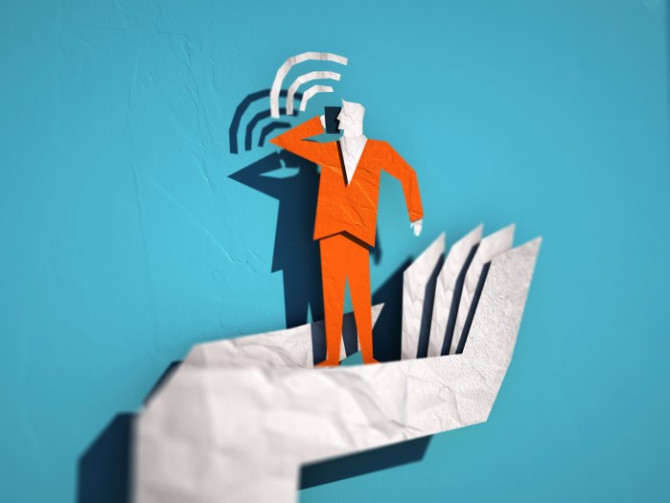AIDA in phone sales
How many times have you gotten the classic “I don’t have time for this” or “I am not interested” or „I’ll think about it” response from a client you called? Most likely too many to count. There is another way and in this article I will show you how to make your client listen and ultimately make a purchase.
Dostępny jest przetłumaczony materiał kliknij tutaj, aby przejść do materiału.

A salesman’s primary work tool should be a phone, though in reality, sadly, it is not necessarily the case. A modern day salesman waits for the client to call, send an inquiry request or for telemarketers to set up some leads for the seller to call up, without setting them up themselves. Not to generalize, however, it is safe to assume that approximately 80% of people working in sales do just that and do not go the extra mile. The remaining 20% are extroverts who enjoy building relationships and meeting new people, although there is a hint of a determined hot head in them, which makes them focused on their goals, deadlines, appointments and phone calls. And it is exactly that kind of salespeople who get the results that the other 80% can only dream of.
So how come the best of the best can call up dozens of clients every day and not feel worn out or wear out their potential customers? Moreover, how come they get an appointment or even close the sale? Their recipe for success is simple: they know the rules of the game and they stick to them. They understand what selling is all about and why and when does the client wants to buy and they use that knowledge to make sure the customer fulfills that will.
Why do people buy?
In my 10 years as a salesman, I made 30 000 sales calls. For 2 years straight, day after day, I called 70-100 customers offering them various products. 80% of the clients were not interested and out of the remaining 20%, ¾ lost interest after the second call and ultimately only 5% made a purchase. After thousands of calls, I noticed a clear pattern that appears in all of my successful calls. I noticed that those who buy, do it out of specific incentives evoked by me and my way of steering the conversation. Consequently I decided that by structuring the sales call into an effective outline, I will increase my sales. That is how I came up with the strategy standing on the shoulders of AIDA, which uses psychological mechanisms and guides the client through the process step by step, which is necessary to succeed and close the deal.
4 questions that you need to answer during a sales call
Every sales call is different because every client is different. The outline below is a framework within which you can maneuver to learn which state to evoke in a customer and when, so that they keep talking to you and eventually make a purchase. The sale should lead the customer from a current state to one they will find themselves in after buying your product or service. In case of a product, the situation is quite clear as the product is tangible and the customer can see what it is they are buying. However when it is a service you are selling, then you need to explain the benefits to the customer, who at this point will ask you 4 questions that you will need to answer:
- How much will I pay?
- How much am I getting back?
- How fast will I see the results?
- How can I know for sure that there will be any results?
During the sales call, you will need to answer all of the above questions, even if they are not articulated by the customer. The fact that you will, is giving them a sense of security and certainty that buying something from you is profitable for them as well.
Wykorzystałeś swój limit bezpłatnych treści
Pozostałe 71% artykułu dostępne jest dla zalogowanych użytkowników portalu. Zaloguj się, wybierz plan abonamentowy albo kup dostęp do artykułu/dokumentu.






 Zaloguj się
Zaloguj się








